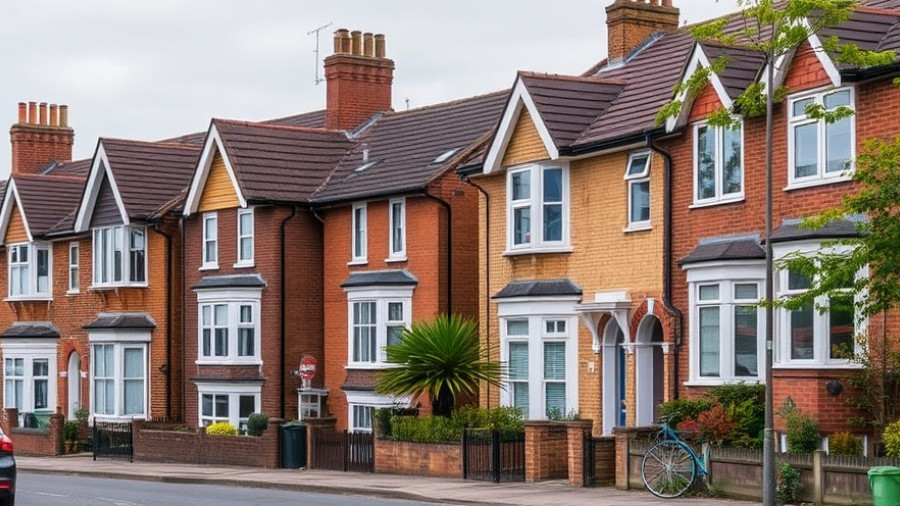
Nvidia’s Bold Prediction: OpenAI’s Trillion-Dollar Potential
In a striking statement, Nvidia CEO Jensen Huang has predicted that OpenAI will soon ascend to a valuation of over a trillion dollars, placing it in the ranks of giants like Amazon and Meta. This forecast isn't just idle speculation; it is grounded in the rapid growth trajectory of technologies powered by artificial intelligence (AI). Huang's declaration reflects a broader belief in the transformative power of AI across various sectors.
Why OpenAI Matters in Today’s Tech Landscape
The significance of Huang's prediction cannot be overstated. As the man at the helm of Nvidia—one of the key suppliers of hardware for AI applications—his words carry considerable weight. OpenAI, known for its innovative models such as ChatGPT, is positioning itself as a foundational layer for businesses looking to harness AI for everything from customer service to data analytics. The shift towards AI, as emphasized by Huang, is as fundamental as the rise of the internet.
Investment Backing: Nvidia’s $100 Billion Bet
Huang’s confidence is further buttressed by Nvidia’s historic decision to invest up to $100 billion into building robust AI infrastructures, specifically data centers designed to support OpenAI’s monumental growth. This investment aims to ensure that Nvidia remains at the forefront of the AI revolution, meeting the needs of major players such as Microsoft and Amazon, who are in constant pursuit of more GPU capacity.
Challenges and Competition in the AI Sector
However, the path to a trillion-dollar valuation is fraught with challenges. Regulatory hurdles being established by authorities in the U.S. and Europe pose significant risks, and emerging competitors like Anthropic and Google are in pursuit of OpenAI's market share. Moreover, reaching widespread adoption of their products requires constant innovation and the ability to navigate complex market demands effectively.
Future Trends: Where Will OpenAI Lead Us?
If successful, OpenAI’s efforts could redefine the tech landscape and present a range of applications that may soon become ubiquitous across industries. The ongoing consolidation of AI technologies also suggests that those companies capable of marrying AI advancements with practical applications will be well-positioned for the future.
Conclusion: Embracing the AI Era
As AI continues to infiltrate various aspects of our lives, Huang's predictions present both an exciting opportunity and a cautionary tale. Investors, tech enthusiasts, and businesses everywhere are watching closely to see if OpenAI can live up to the hype surrounding its potential. In tuning into these developments, firms and individuals can prepare themselves for the exciting changes that lie ahead. For those captivated by the evolution of AI, remaining engaged in this dynamic sector could yield invaluable insights into our future.
 Add Row
Add Row  Add
Add 




Write A Comment